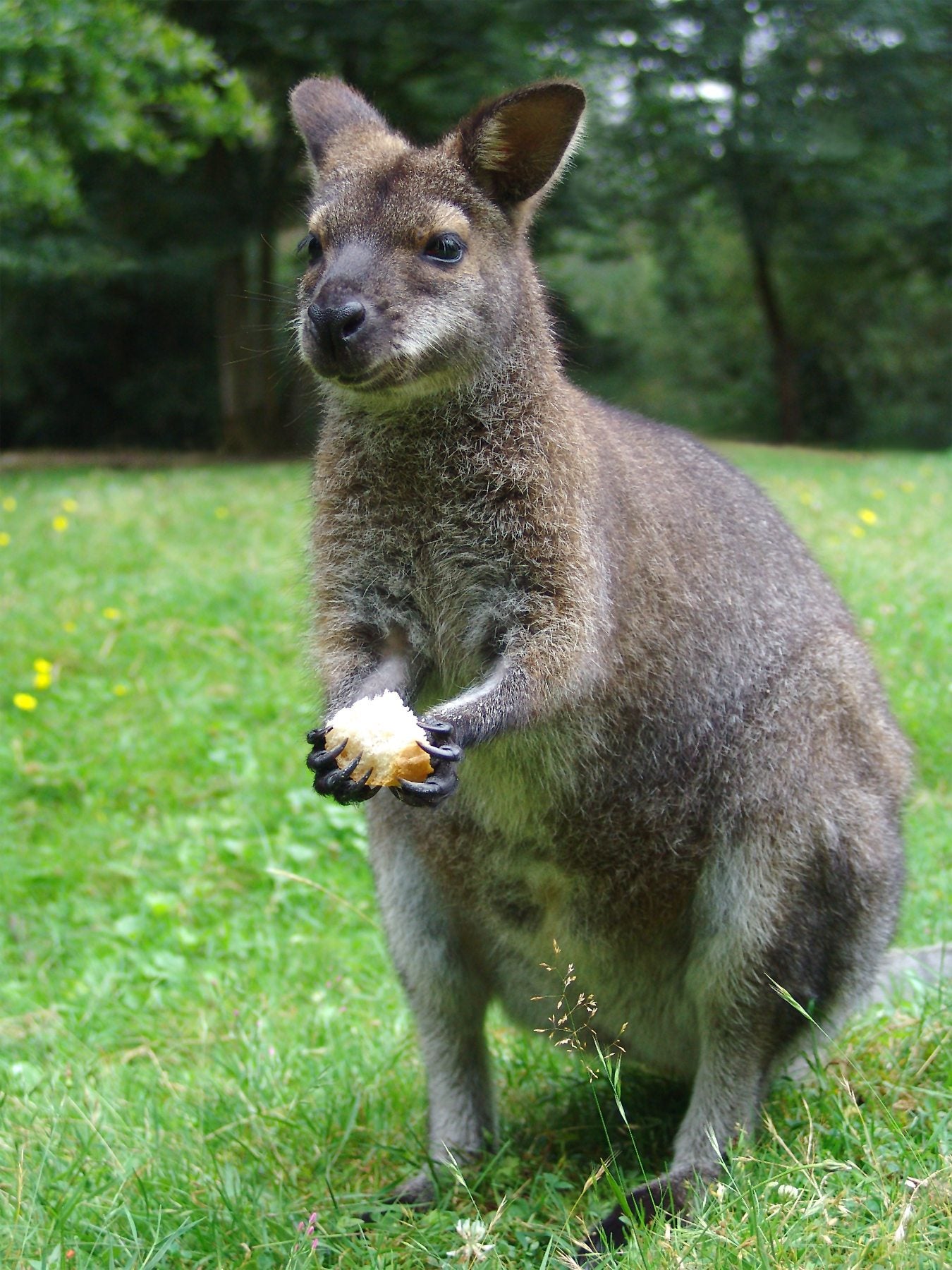Wallaby Proof Plants: Tips On Keeping Wallabies Out Of Gardens


Wildlife pests vary from region to region. In Tasmania, wallaby garden pests can wreak havoc on pastures, fields, and the home vegetable garden. We received the question, "how to stop wallabies from eating my plants" frequently in our Q&A section. These adorable herbivores generally eat grasses and other plants, including food crops, and can become a nuisance in the home garden. Let's investigate some tricks and tips that will allow you to enjoy these wild animals without sacrificing your produce plot.
How to Stop Wallabies from Eating My Plants
Wallabies are smaller relatives of kangaroos and are also marsupials. Their foraging activities often drive them into human terrain, and a clash of needs and wants ensues. The animals are only trying to keep their bellies full, but this can result in invasion of planned food crops necessary for our own survival and well-being. While their marauding can be frustrating, there are barriers and wallaby deterrents that will protect the garden and still let wild animals go about their business. Living in harmony with the wild beasts of a region is a worthy endeavor which provides a delightful up close and personal view at the animals with which we share this world. Wallabies are equal opportunity eaters when it comes to the plants upon which they dine. Keeping wallabies out of gardens can pose a challenge because our edibles also look quite attractive to the marsupials. Often, simply planning an open garden that is not surrounded by cover can minimize their poaching activities in the vegetable plot. If the animal's activities are particularly distressing, many gardeners implement a program of killing the wallaby. However, these animals are an important natural resource, and this is not necessary to control the marsupials. Building fencing around the garden that is made of mesh wire and at least 4 to 6 feet (1-2 m.) in height should deter most wallaby garden pests. Building a mesh hoop house over the garden plot is another way of keeping wallabies out of gardens. These can be inexpensively created with PVC, rebar, and mesh to simply surround the garden plot and prevent animal browsing.
Are There Wallaby Proof Plants?
It seems sensible to simply grow wallaby proof plants. In the vegetable plot that can be limiting, but the animals seem to avoid anything in the Brassica family. They are also not fond of aromatic or prickly plants. Taro, arrowroot, and midyim berries also seem to be off the menu. Surrounding the vegetable garden with strongly scented herbs or even using eucalyptus leaves as a mulch around the garden can help deter wallabies. Ornamental plants that may survive wallaby forages might be:
- Tasman flax lily
- Sticky boronia
- Native laurel
- Spreading velvet bush
- Native indigo
- Matted bush pea
- Speedwell
- Dusty miller
- Mountain rocker
- Prickly currant bush
- Grevillea
Another idea to keep the animals away from your ornamentals and vegetables is to plant a forage garden. Place plants that attract wallaby, so they have an area they prefer to forage. Choose native plants for ease of care and maintenance. If the plant can survive a few years of gentle munching, it will usually grow large enough to withstand annual marsupial foraging and avoid your part of the landscape.
Wallaby Deterrents
If all else fails, use your family pets to drive away the pests. Domestic animals seem to repel the wallaby's wanderings, as do ducks. Make a spray consisting of chili, garlic, and Tabasco, and apply around the garden every couple of days on plants and as a potent aromatic fence. Plant a living fence of gum trees around your property, as both kangaroos and wallabies seem to dislike the aroma. Several products exist that are marked to deter wallaby. An easy recipe to try is five eggs mixed with water and acrylic paint. Spray the mixture around the vegetable plot. Smaller barriers, such as GroCones, can also help protect seedlings and young plants from browsing until they can get large enough to withstand some nibbling. It is important to get creative with wallaby protection in the garden, as regional preferences change, and the effectiveness of a method often diminishes in drought and low food times due to the animal's desperation.
Sign up for the Gardening Know How newsletter today and receive a free copy of our e-book "How to Grow Delicious Tomatoes".

Bonnie Grant is a professional landscaper with a Certification in Urban Gardening. She has been gardening and writing for 15 years. A former professional chef, she has a passion for edible landscaping.